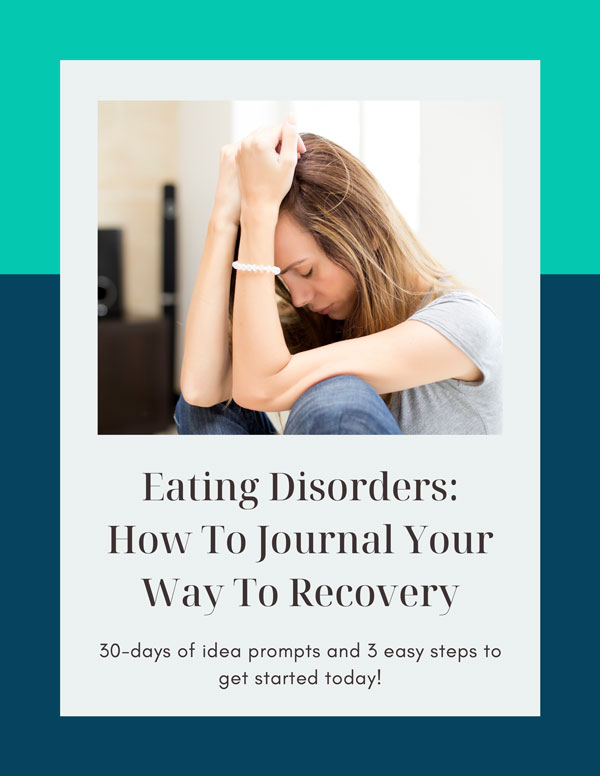
LEVELS OF CARE IN EATING DISORDER TREATMENT
For some, after a loved one is diagnosed with an eating disorder, they do not know where to turn. They may ask what does my loved one need? Do they need to be hospitalized or to go away to a program? Is it sufficient that they meet with a licensed therapist once a week? Do they need 24-hour supervision? Is meal support helpful? In this blog I’ll review the multiple different levels of care in eating disorder recovery treatment, to help give you information to make the best level of care decision for you or a loved one.
Eating disorders are complicated mental and physical disorders. While treatable, eating disorders has the second highest mortality rate of any mental health illness. Typically, recovery is fraught with ambivalence. For some they know the behaviors are self-destructive, but also serve as a protection and is scary to give up. Knowing what level of care is most appropriate is vital to a positive recovery outcome.
Acute Stabilization
Acute stabilization is the highest level of treatment for those with eating disorders, and thus the most restrictive. The treatment prioritizes the physical stabilization of the client. Clients who have medical instability due to the consequences of their eating disorder enter this level of care for survival.
Inpatient
Inpatient is a level of care where the client receives 24-hour medical and psychiatric care. Some of the services provided are medical management, intense treatment of life-endangering eating disorder behaviors, and weight restoration if necessary.
Residential
Residential level of care is where the client receives 24-hour care and supervision in either a medical setting or a home-like environment. The clients here are medically stable, however are actively engaging in their eating disorder behaviors, such as restricting, bingeing, purging, and/or over-exercise. The goal of residential is to overall reduce behaviors. Some services provided are group therapy, movement therapy (i.e. yoga), meal support groups, individual therapy, family therapy, and nutritional counseling including preparing meals, food shopping, and restaurant outings. In residential all meals and snacks are supervised.
PHP
PHP stands for partial hospitalization program. Treatment typically meets four-five days per week for six to eight hours daily. The client attends the program daily, however, returns home at the end of each day or lives in transitional housing. Patients in this level of care are medically stable but need a highly structure program to reduce and eventually eliminate eating disorder behaviors and make progress. Services include individual psychotherapy, group counseling, psychiatric care, family therapy, nutrition therapy and provides meal/snack support for 1- 2 meals per day.
IOP
IOP stands for intensive outpatient program. In this level of care clients attend the program about three days per week for three hours at a time. The client is medically stable and needs additional support to reduce and eventually eliminate eating disorder behaviors. Typically, one meal or snack is supervised. Clients can attend school or work at this level of care.
Outpatient
Outpatient is the least restrictive level of care. The clients are medically stable and making significant recovery with their eating disorder. Clients attend weekly individual therapy, group therapy, nutritional counseling, eating disorder coaching and psychiatric care.
Each person will have different needs throughout their recovery journey, and it is common to work through multiple levels of care on your way to full recovery. Here is a list of program resources: ED Resources – Recovery From Anorexia: Therapist, Author, Eating Disorder Coach.


